Your can’t beat growing your own food! Whether you have an allotment, a garden, a balcony or just a windowsill, permaculture teaches us that you can grow your own food just about anywhere.
Why grow your own?
Most people don’t realise that almost all the fruit and vegetables we eat that are shop-bought is grown using agricultural chemicals or animal by-products, even some organic fruit and veg. The reason for this is that the plants are encouraged to grow by using chemical pesticides and fertilisers.
The problem with this is chemical pesticides can cause enormous damage to the environment and wildlife and some of those chemicals and pathogens in fertilisers (some of which contain the hormones and antibiotics that animals are given) can end up in our food and thereby consumed by us.
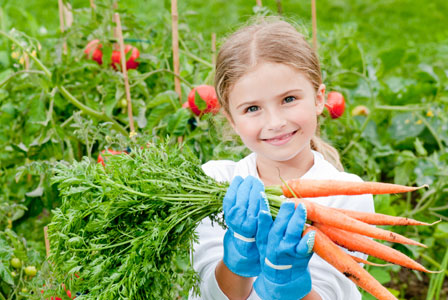
The good news is that growing your own fruit and vegetables means that you control what is in your home-grown food, ensuring that it’s clean, safe and free from chemicals.
Growing your own food is a satisfying activity that anyone can do. It’s enjoyable, not just because it can be a social activity and can give you some physical activity that connects you to nature and makes you feel good, but it also delivers that rewarding feeling you get from taking a seed, caring for it (by feeding and watering it for weeks) to help it grow to the point that you can eat from it. Not to mention that home-grown food is always tastier and much more satisfying for that reason too!
Where to start…
Observing the location
What you grow should be directed by the amount of space you have and the location (especially in relation to sun and water). So if you don’t have a garden bed to plant in, you can grow your vegetables in a pot, grow bag or window box, you just need to choose the right plants to grow so that their roots have enough room to grow. In terms of position, a sunny, yet sheltered spot is usually best.
Generally, the more soil you have the better, but a window box that has a soil depth of 15cm+, will be perfect for growing most salad plants.
The soil solution
The key thing to growing your own food is to have healthy soil, so start as you mean to go on and think about your compost.
Seeds don’t like a nutrient rich soil like your typical garden compost and they tend to need a light soil that has good drainage for them to germinate and easily grow roots.
Sowing seeds into fine compost (also known as “seed compost” or “potting compost”) gives them the best possible start.
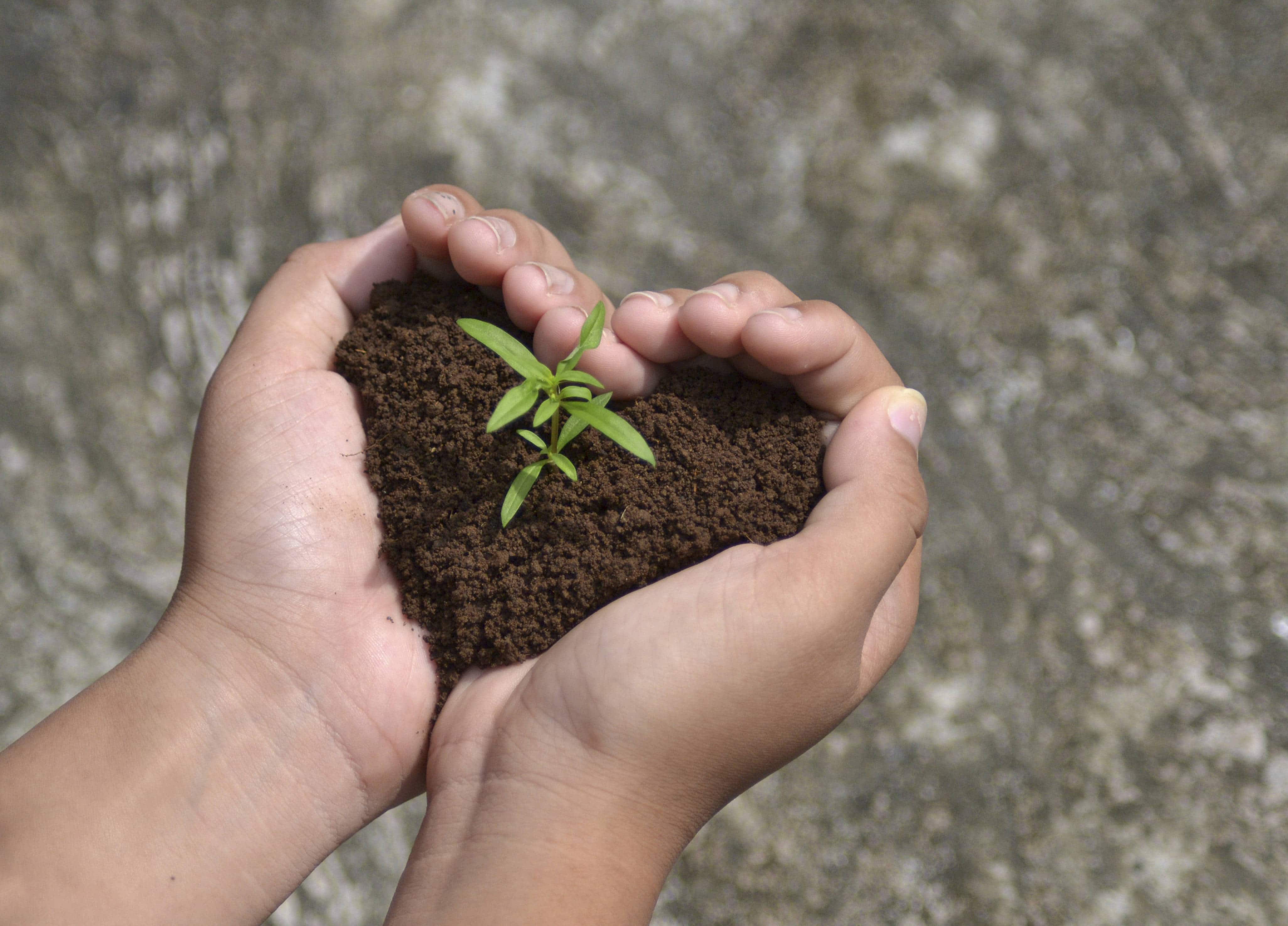
If you’re buying compost, always opt for PEAT FREE compost to help save our precious peat bogs.
By making the effort to only buy peat-free compost (and asking our garden centres to go peat-free), we are doing what we can to stop these valuable natural habitats from being decimated. Peat bogs are not only home to rare birds, plants and insects but they’re also a precious global resource to help protect communities from flooding and to help capture carbon which is critical for combating climate breakdown. For more information on this issue, visit: littlegreenspace.org.uk/features/Protecting-our-peatlands.html
Buying compost can be expensive, so you might want to consider making your own compost from topsoil and leaf mould from your garden. Check out these tips for how to make your own seed compost from Kim Stoddart here – she has a top tip for using molehill soil if you can find some!
You’ll need lots of standard garden compost once your seedlings are grown, so for that, we recommend making your own. It does take a bit of time, but once you get into the swing of it, becomes like second nature to use your kitchen and garden waste that way. This infographic helps to visualise the Dos and Don’ts of home composting: https://plantingup.co.uk/events/composting-101/
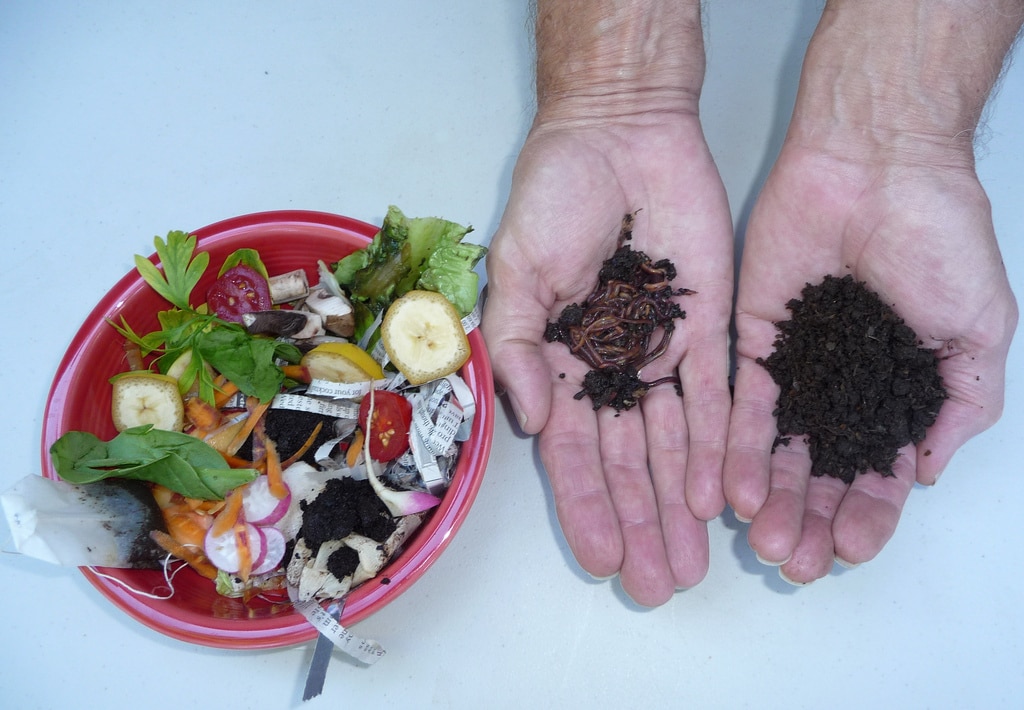
You’ll need lots of standard garden compost once your seedlings are grown, so for that, we recommend making your own. It does take a bit of time, but once you get into the swing of it, becomes like second nature to use your kitchen and garden waste that way.
This infographic helps to visualise the Dos and Don’ts of home composting: https://plantingup.co.uk/events/composting-101/
Sowing seeds outdoors
There are a lot of seeds that can be grown by planting them directly in the soil outside. Vegetables like carrots, beans, onions and peas are great grown outside from seed for example.
The main condition is that the soil is warm and moist, so this typically means planting is best done from around April to June or late September, but with protection (like fleece or cloches), you can even sow earlier in spring.
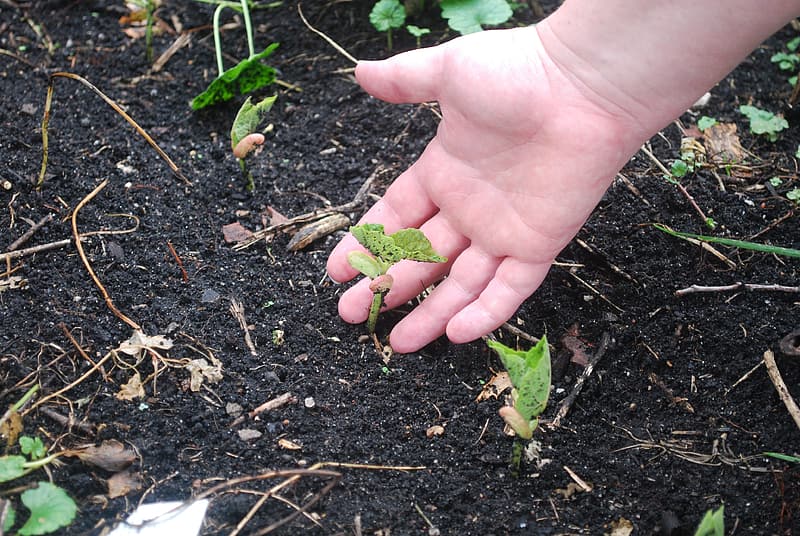
Benefits of sowing outdoors
This is ideal if you don’t have much room to propagate seeds indoors, and sowing directly outdoors not only allows you to put your crops in their final growing places but also allows you to scatter your flower seeds among your veg for a more natural look.
Problems with sowing outdoors
The issues with sowing seeds directly outdoors are that you need to make sure you prepare the ground properly, then once sown, keep an eye on them in their outdoor positions to take care of them.
You need to be mindful of weather conditions (so that you’re watering before the soil gets too dry for example and don’t plant out too early before the final frosts). You also need to make sure you’re protecting your seedlings from harsh weather conditions and things like birds, slugs, snails and even rabbits and deer that will love to eat them if they can get to them before you.
Sowing seeds indoors
We choose which seeds to grow indoors based on packet instructions. It’s always worth considering how the plant grows to help you decide. Root vegetables like carrots and beetroot for example will be hard to transplant without disturbing the roots, so they’re best to start outdoors in the ground.
We’re in the habit of sowing tomatoes indoors because of their inclination for growing well in warmer conditions.
We’ve also found that broccoli, brussel sprouts, swiss chard and lettuce are better to start off indoors to protect the fragile seedlings from cold and unpredictable weather that can kill them.
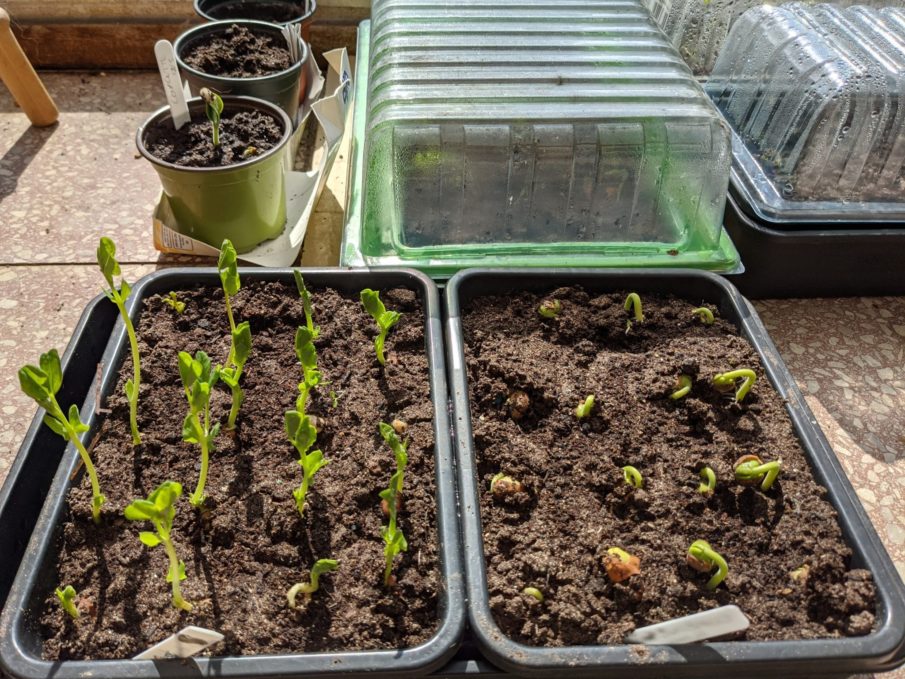
Unlike with sowing outdoors, you can start indoor seeds earlier; approximately 6 weeks before the last frost is what’s recommended.
Benefits of sowing indoors
Buying packs of seeds is usually cheaper than buying seedlings from the garden centre nursery. And collecting your own at the end of the crop is even better! We save the seeds we collect from what we grew the year before, then we go down to the annual Bletchley Seed Swap in February to swap some and top up our stock with a few more varieties the lovely peeps over at the Swap recommend for us.
When you plant from seed you also have a much wider choice of variety and control over what you use and how your plants are raised.
Problems with sowing indoors
The issue with sowing seeds indoors is first and foremost having the space to propagate them somewhere they’re protected from disturbance. A windowsill or conservatory away from pets, or a greenhouse should do the trick.
You have to prepare to have some losses whether you’re planting indoors or outdoors. It’s always advisable to sow a few more seeds than you need, as not all of them will germinate, which you seem to notice more indoors!
What to grow
We think the top three easiest and most productive food to grow yourself (for the greatest satisfaction) is:
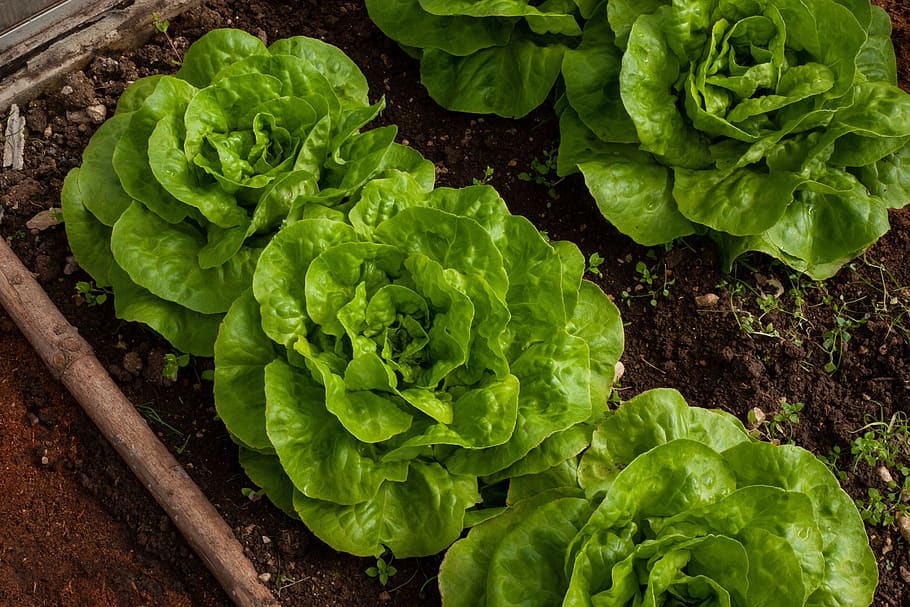
Salad leaves, like lettuce, cress, rocket etc, can be grown in small spaces like a pot on a windowsill to act like a living larder as you pick off what you want and let it grow back to pick again. You really need to allow a typical lettuce size from one plant to the next so you could fit a couple in a window box, or put a couple more in, closer to each other and their neighbours will stunt their growth so you only have small leaves to pick. Start the seeds off indoors to thin out and transplant to their final place indoors or outdoors.
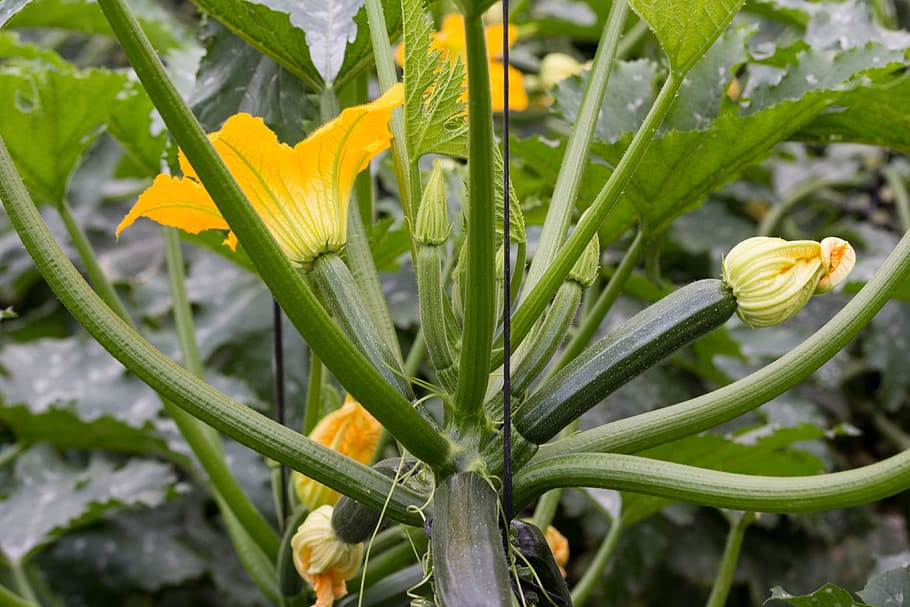
Courgettes – a fantastic starter veg because they’re easy to grow and produce an abundance of produce. They do require over half a metre of space for one plant, so a big pot or a garden bed will work. Start off the seeds indoors and before you know it, these stocky plants with big, thick leaves will appear. Grow the plant outdoors in a sunny, well sheltered spot in fertile ground and keep well watered and you’ll start to see beautiful tubular yellow flowers produced, the female of which will bear the fruit. The courgettes won’t disappoint, but remember to keep picking them while they’re small before they turn into marrows, and don’t forget to eat the flowers which are a taste sensation fried in a bit of batter!
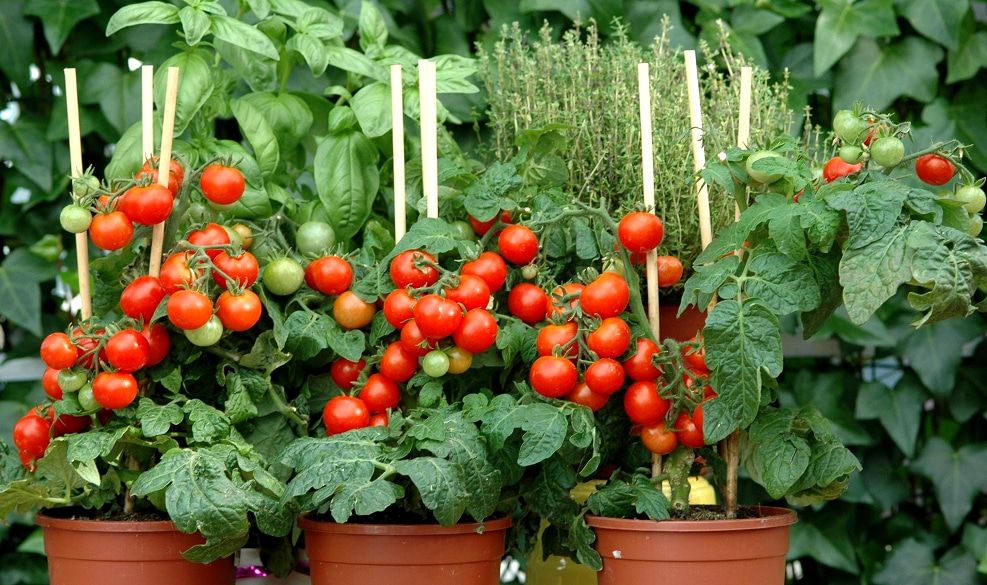
Tomatoes – require vertical space (grown up some kind of trellis support) and lots of tender loving care to protect them from harsh weather and to give them lots of sun. They’re worth the effort to sow indoors and dedicate a sunny spot against a wall to grow up, especially if you remember to keep picking off the unnecessary new shoots that appear between the main stems and prune off lower leafy branches to allow air flow, as this extra work will pay off for a better bountiful yield of tasty tomatoes in the end. And I can guarantee you won’t taste a better tomato that this first one you grow! 🙂
BBC Gardener’s World has this top 10 of easy-care, beginner veg to grow: gardenersworld.com/plants/vegetable-crops-for-beginners/:
- Beetroot
- Cut-and-come-again salad leaves
- Tomatoes
- Early potatoes
- Half pint peas
- Radish
- Miners lettuce/ winter purslane
- Japanese and Chines salad leaves
- Chilli pepper
- Courgette
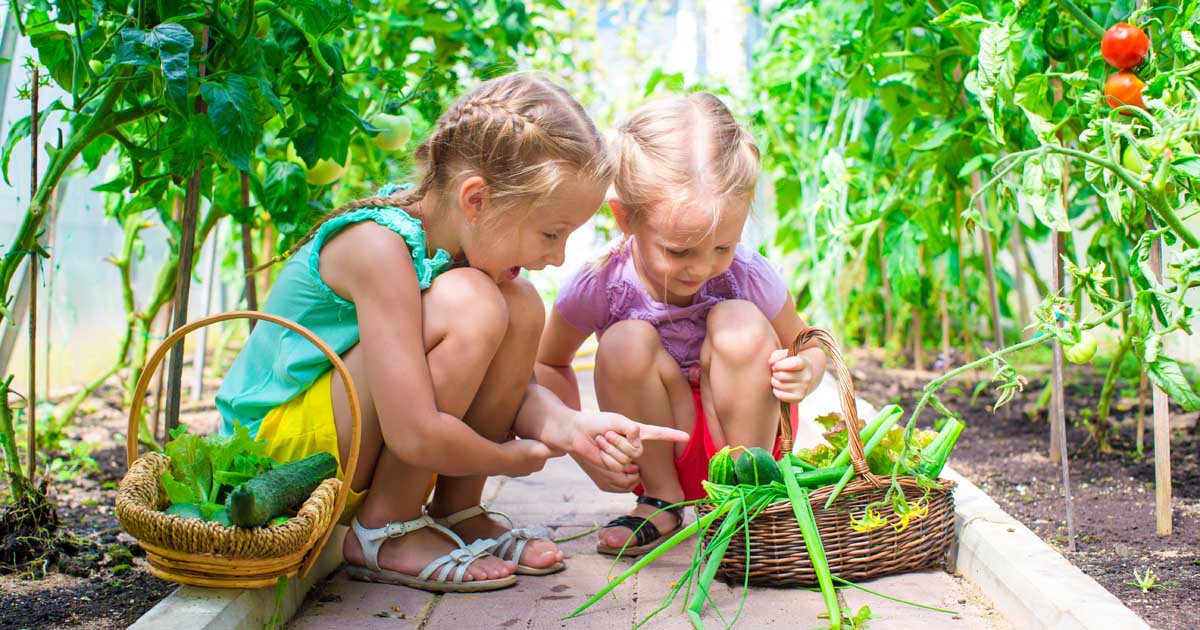
See our News blog for more information on what we’ve grown and how we’ve done it in our community garden.
Our 8 April 2020 blog post has some insights from during the Covid-19 lockdown, detailing how we made our own biodegradable pots and showing videos about how to prepare seedlings to “harden them off” for living outdoors.

